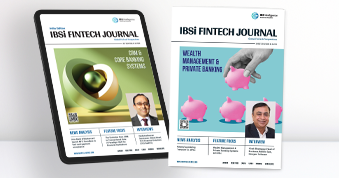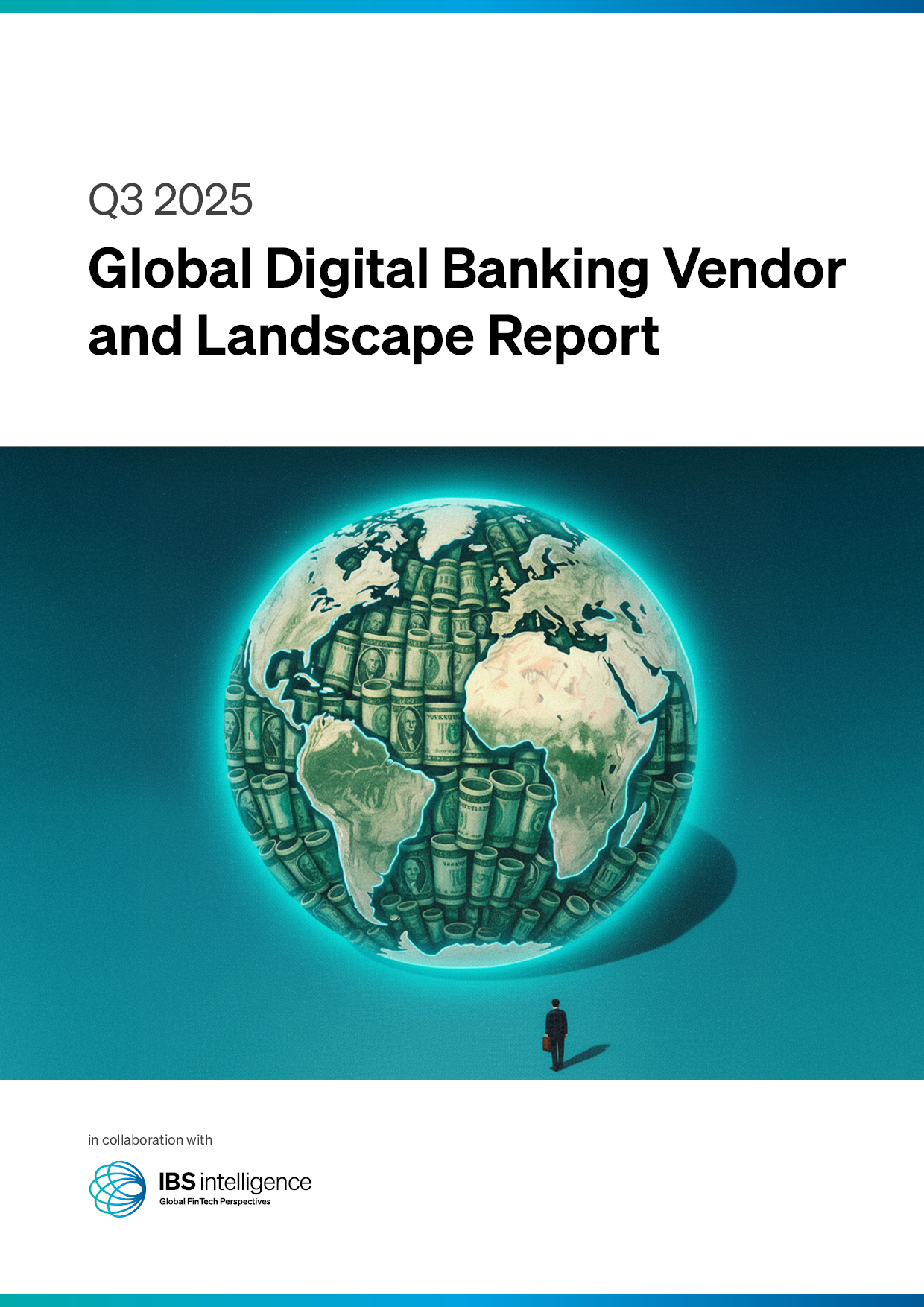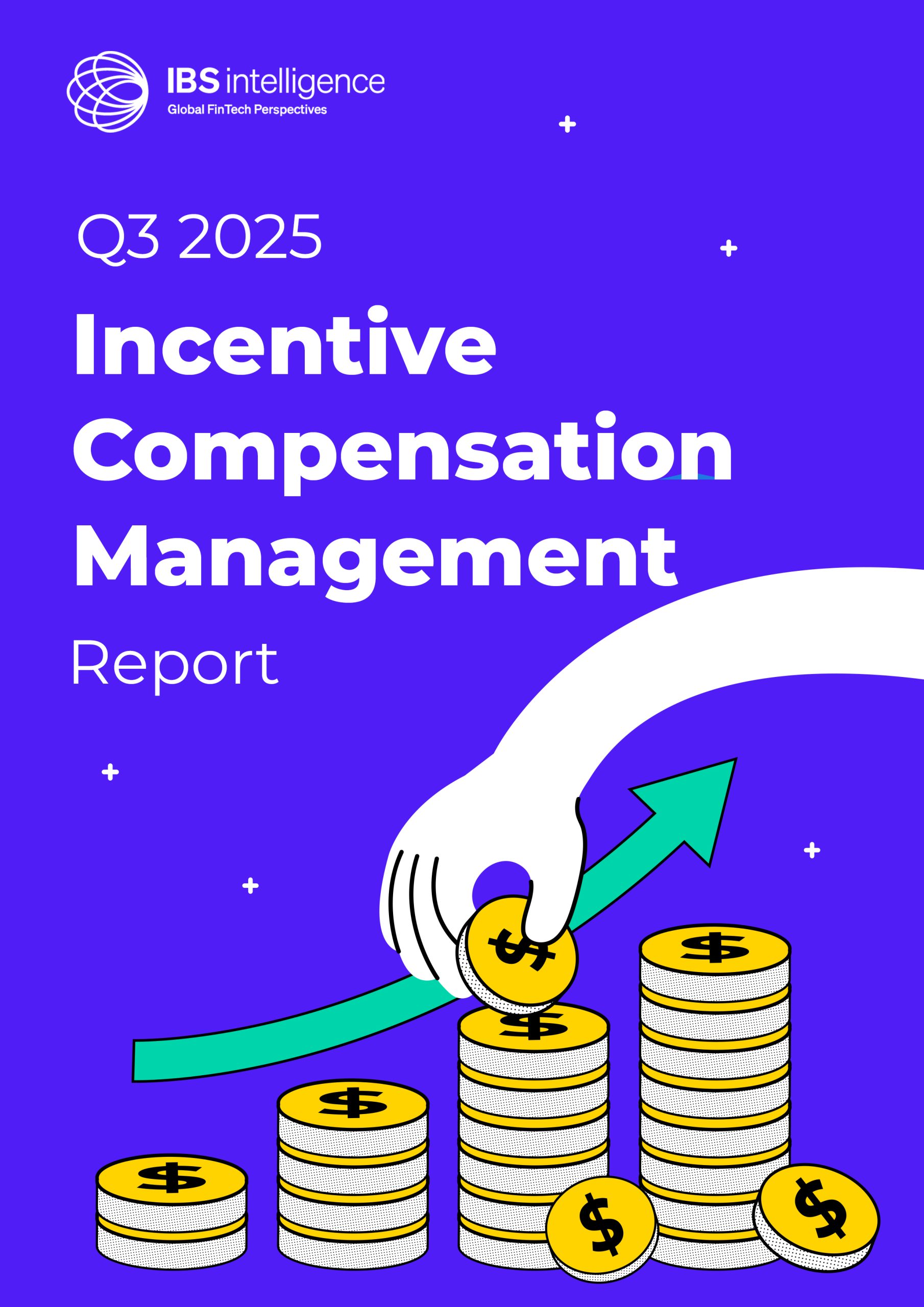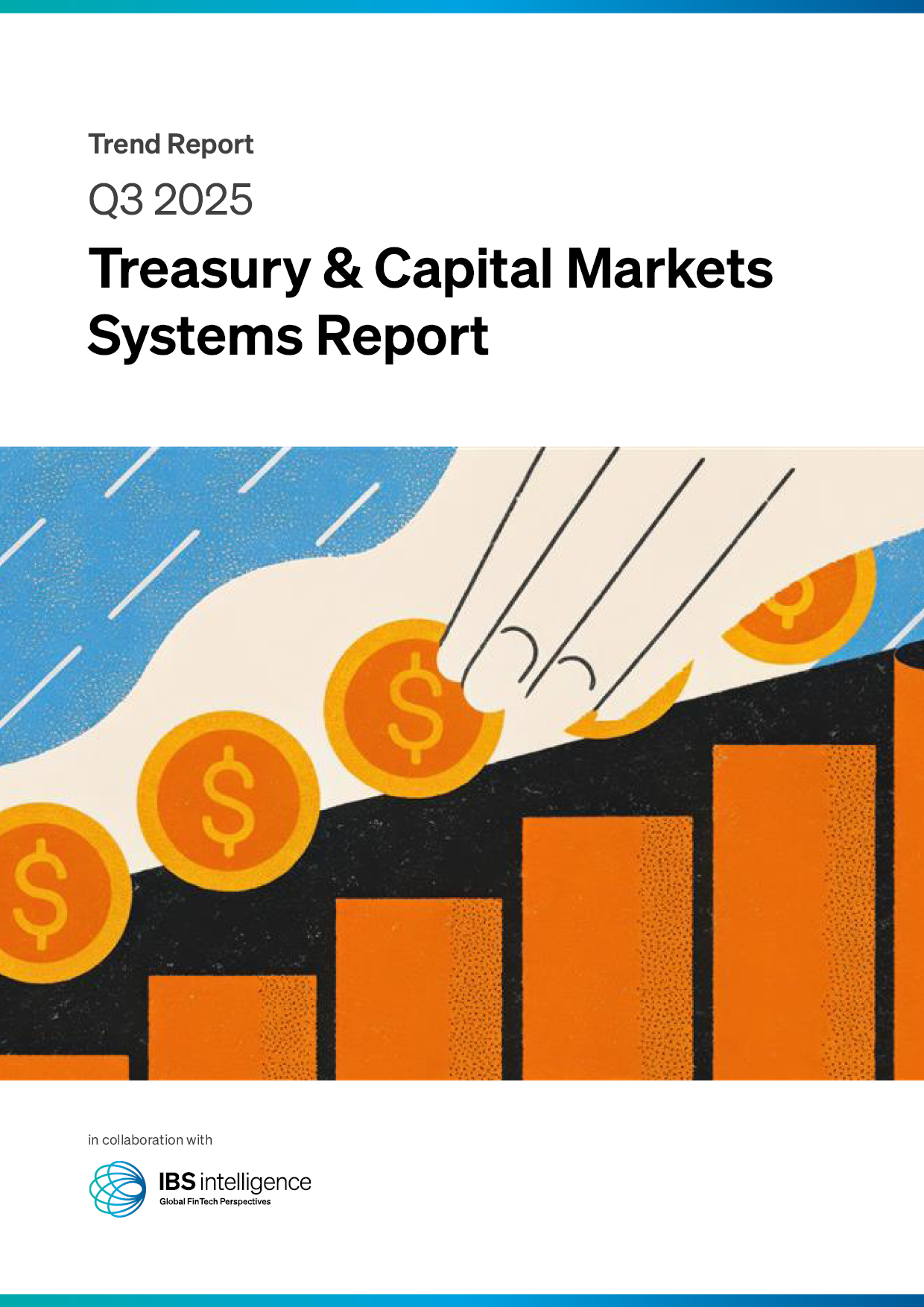 Back
Back
Turning promise into progress: What it takes to make CBDCs a reality

By Dr. Raoul-Thomas Herborg, Managing Director, Central Bank Digital Currency at Giesecke+Devrient
The payments industry is undergoing a transformative shift with innovative players from outside the banking sector introducing solutions that make transactions faster and more convenient. While these private-sector advancements are valuable, the continued evolution of public money is essential to ensure reliability in an increasingly digital world. By introducing a Central Bank Digital Currency (CBDC), central banks can reinforce their role as the issuers of sovereign money and provide a secure and inclusive solution, strengthening payment resilience and ensuring monetary sovereignty.
According to OMFIF and G+D’s latest report CBDCs: It’s Time for Action, 72% of central banks plan to issue a CBDC, with almost the half (46%) expecting to do so within the next one to five years. Yet, despite this growing momentum, some central banks have delayed their CBDC issuance timelines due to a range of regulatory, economic and political challenges.
What’s holding central banks back?
While significant strides have already been made in addressing the technical requirements for CBDCs, including interoperability, cybersecurity and offline payment capabilities, timeframes involved in establishing legal frameworks to govern CBDCs are challenging. Bringing this type of legislation to fruition partially relies on political will, rather than the technical capacity of the bank or policy decision-making. Inflation spikes, debt issues and other urgent economic factors have also taken the focus away from CBDC development, alongside public misunderstandings around data use.
CBDCs present a promising solution to the major challenges that modern-day financial systems are currently facing, as well as a shift towards a tokenised monetary architecture. Wholesale CBDCs (wCBDCs) are a tokenised form of central bank reserves that represent a significant evolution in financial market infrastructure. They enable settlement processes that are quicker, safer and programmable across traditional and tokenised asset classes. They also bring together public and private currencies in one secure framework, ultimately becoming a monetary backbone in a tokenised ecosytem. Retail CBDCs benefit from the infrastructure and standards established by wCBDCs , gaining a solid foundation for more resilient, inclusive and private digital payments.
With offline functionality, CBDCs can provide users with a level of privacy similar to cash. But above all, offline capability keeps payments flowing during outages or natural disasters or make payments accessible in remote areas without or with only intermittent access to internet connectivity. For central banks, this helps them to maintain continuity during disruptions, and enhance trust.
What CBDCs need to succeed
To succeed with a CBDC deployment, central banks must first collaborate with other stakeholders, helping to ensure alignment between public and private sectors. In reality, a CBDC model is a two-tier system where central banks build the underlying platform and the private sector, primarily commercial banks, are the customer-facing part distributing CBDC and providing services and products to end-users, similar to cash.
CBDCs should integrate seamlessly into existing infrastructures, including financial IT systems and cash management platforms. Standardised interfaces and modular software components make it easier for commercial banks and fintech companies to bring digital currency into their operations and create applications in e-commerce and other sectors.
By enhancing interoperability and integration across digital assets – including stablecoins, tokenised deposits and other financial instruments – CBDCs can support the development of a unified and efficient financial ecosystem.
Pilot schemes can help address these challenges, and by conducting more feasibility studies, including user and merchant consultations, central banks can identify viable use cases and improve their understanding of the market’s needs before deployment. This will help to foster adoption.
In an era increasingly dominated by digital transactions, ensuring the resilience of digital payment systems is critical. Particularly for CBDC, an offline capability emerges as a pivotal feature, serving as a trusted digital equivalent of cash.
Clear communication with the public is also important. 82% of central banks recognise the importance of CBDC privacy, but misconceptions persist about how citizen data is used, despite the fact that central banks do not have access to any sensitive information. Well-designed CBDCs can offer an enhanced data privacy and security level compared to existing payment options as it enables a separation of operational, transactional and administrative processes.
Governments can also play a key role in accelerating a CBDC deployment project by working closely with the central bank to address regulatory gaps and enable timely implementation.
Realising the CBDC opportunity
CBDCs offer improved financial access, greater payment system resilience and the ability to reinforce monetary sovereignty in a digitised world. An effective CBDC deployment can bring services to underserved areas, such as remote regions with limited internet connectivity. To turn a CBDC into reality, barriers such as regulatory uncertainty, shifting political priorities, economic headwinds and lingering public misconceptions need to be addressed.
However, with the right approach and a greater emphasis on collaboration, communication and purpose-driven design, there is a positive route forward. This means developing legal frameworks with governments to speed up the deployment process, while also building public trust through clear messaging about privacy and data use. Just as importantly, CBDCs must be designed to solve real-world problems that reflect local priorities and offer the same convenience as the payment methods people already rely on. Taken together, these steps can help CBDCs gain the momentum needed for widespread adoption.
IBSi News
Get the IBSi FinTech Journal India Edition
- Insightful Financial Technology News Analysis
- Leadership Interviews from the Indian FinTech Ecosystem
- Expert Perspectives from the Executive Team
- Snapshots of Industry Deals, Events & Insights
- An India FinTech Case Study
- Monthly issues of the iconic global IBSi FinTech Journal
- Attend a webinar hosted by the magazine once during your subscription period
₹200 ₹99*/month
* Discounted Offer for a Limited Period on a 12-month Subscription
IBSi FinTech Journal

- Most trusted FinTech journal since 1991
- Digital monthly issue
- 60+ pages of research, analysis, interviews, opinions, and rankings
- Global coverage
Other Related Blogs
November 24, 2025
The Future of Trust in Insurance: Why Data Verification Is the New Risk Shield
Read MoreNovember 20, 2025






